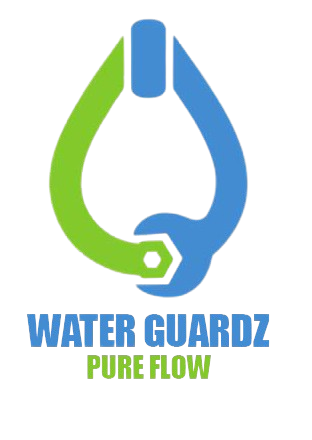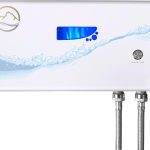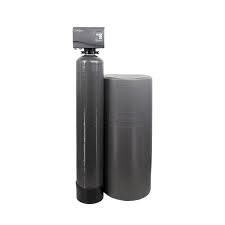Description
-
Ozone water treatment systems use ozone (O₃), a powerful oxidizing agent, to disinfect and purify water by eliminating bacteria, viruses, and contaminants.
-
How It Works: These systems generate ozone gas by exposing oxygen (O₂) to high-voltage electricity or ultraviolet (UV) light, then inject the ozone into water for purification.
-
Oxidation Process: Ozone breaks down organic and inorganic contaminants by oxidizing them, effectively removing bacteria, viruses, algae, mold, and harmful chemicals.
-
Disinfection Power: Ozone is significantly more effective than chlorine at killing microorganisms, including chlorine-resistant pathogens like Cryptosporidium and Giardia.
-
Removal of Contaminants: Ozone treatment eliminates iron, manganese, sulfur, pesticides, and other pollutants, improving water clarity, taste, and odor.
-
No Chemical Residue: Unlike chlorine, ozone naturally decomposes into oxygen, leaving no harmful chemical residues in treated water.
-
Applications: Ozone water treatment is used in drinking water purification, wastewater treatment, food processing, swimming pools, aquariums, and industrial water treatment.
-
Environmental Benefits: Ozone treatment reduces the need for harsh chemicals, minimizes water pollution, and improves sustainability in water purification processes.
-
Industrial and Municipal Use: Many water treatment plants use ozone to disinfect large water supplies, reducing reliance on chlorine-based disinfectants.
-
Home Use: Residential ozone water treatment systems are available for whole-house filtration, well water treatment, and point-of-use purification.
-
Ozone Generators: These systems use corona discharge or UV light to produce ozone, which is then dissolved in water for effective treatment.
-
Limitations: Ozone treatment requires specialized equipment, electricity to generate ozone, and proper handling due to its high reactivity and short lifespan.
-
Maintenance Requirements: Ozone systems require periodic cleaning, monitoring, and component replacement to ensure optimal performance.
-
Cost Considerations: Initial investment and operational costs can be higher than traditional water treatment methods, but long-term benefits may offset costs.
-
Future Developments: Research is focused on enhancing ozone generation efficiency, integrating renewable energy sources, and improving water treatment automation.
-
Conclusion: Ozone water treatment systems provide an effective, chemical-free solution for water purification, offering superior disinfection and contaminant removal for various applications.





